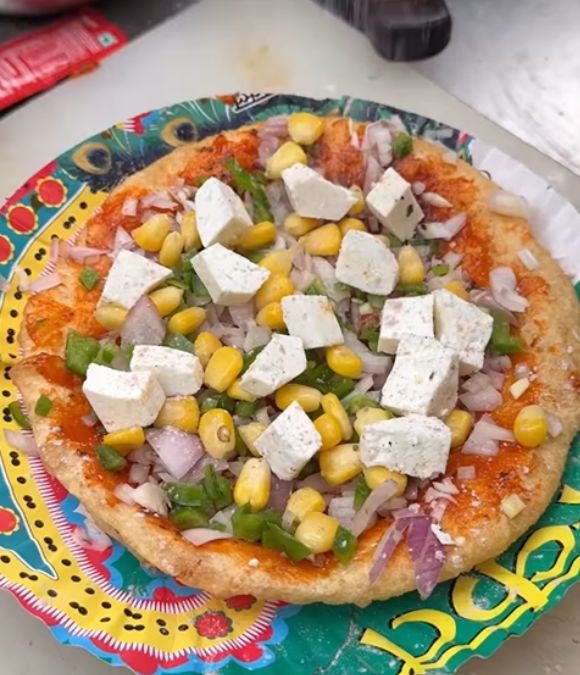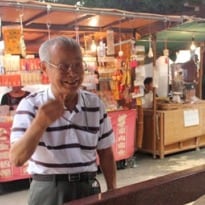The object of their desire is Sugamo's famed shio daifuku. The heavy, glutinous patties of pounded rice containing salted, rather than the usual sweetened, bean paste are the perfect accompaniment to an afternoon cup of green tea. The sweets are perhaps the one guilty pleasure that elderly shoppers here will own up to in a diet that is otherwise faultless in its simplicity, not to mention its commendable lack of transfats and refined sugar.
Diet is part of the reason for Japan's impressive longevity, exemplified by Jiroemon Kimura, the world's oldest person until his death last week at the age of 116.
For Michiko Ono, an 82-year-old from Tokyo, accompanying her daughter on a shopping expedition, the day begins with an unusually carbohydrate-heavy meal of white rice with a raw egg cracked into it, an unbuttered bread roll and the first of several cups of green tea.
The Japanese originally drank green tea, or ocha, for strictly medicinal purposes, convinced that it lowered blood pressure, aided digestion and prevented certain cancers. Green tea consumption is in decline among younger Japanese, but the drink still looms large in the diet of their grandparents and great-grandparents.
"I drink about six cups a day," says Masaru Nishimori, 85, who is sitting in the shade of Koganji temple while he waits for his wife to return from the shops.
In the afternoon, Nishimori will allow himself to veer from his otherwise strict regimen of two modestly sized meals a day with a snack of tea and rice crackers or, if he is feeling particularly reckless, a Japanese-style sweet.
The retired hospital administrator describes himself as practically a vegetarian and credits his perfect health to very rare dalliances with meat, and then only a single stick of grilled yakitori chicken.
"If I could point to one thing that has kept me healthy all these years, it would be the lack of meat in my diet," he says, although giving up alcohol and smoking at the age of 25 can't have done him any harm.
Ono, a lifelong non-drinker and non-smoker, isn't quite as abstemious when it comes to meat. She likes pork, but only lean, thin slices mixed with bean sprouts and other vegetables. Like Nishimori, most of her protein comes from grilled fish: for her, oily arabesque greenling; for him, Pacific saury or sardines.
Aside from rice and green tea, the octogenarians share other perennials in their diets: miso soup, drunk regularly but in small quantities due to its high salt content, and nimono, a low-calorie dish of vegetables simmered in mirin, soy sauce and cooking sake.
Neither has suffered a serious illness and both deal with the Tokyo heat and humidity with far more poise than I do.
"When I go for my annual checkup, my doctor sends me away with the same words every time: 'There's nothing wrong with you,'" Nishimori says. "The only physical problem I have right now is a slightly crooked front tooth."
Michiko Ono's menu
Breakfast (6:30am) Boiled white rice mixed with raw egg; bread roll; green tea.
Lunch (11:30am) Small bowl of rice; nimono vegetables (potato, daikon radish, carrots, taro root); thinly sliced stir-fried pork and bean sprouts; miso soup; green tea.
Dinner (6:30 pm) Sushi with her family; green tea.
Masaru Nishimori's menu
Breakfast (10am) White rice; miso soup containing Chinese cabbage, sliced onion; green tea; occasionally milk or fruit juice.
No lunch but an afternoon snack of rice crackers or sweet bean mochi; green tea.
Dinner (5pm) Grilled sardines; rice; miso soup; tsukemono pickled daikon radish, lightly rinsed to remove brine coating; green tea.
Photo Credit: Masaru Nishimori out shopping in Tokyo. Photograph: Justin McCurry







